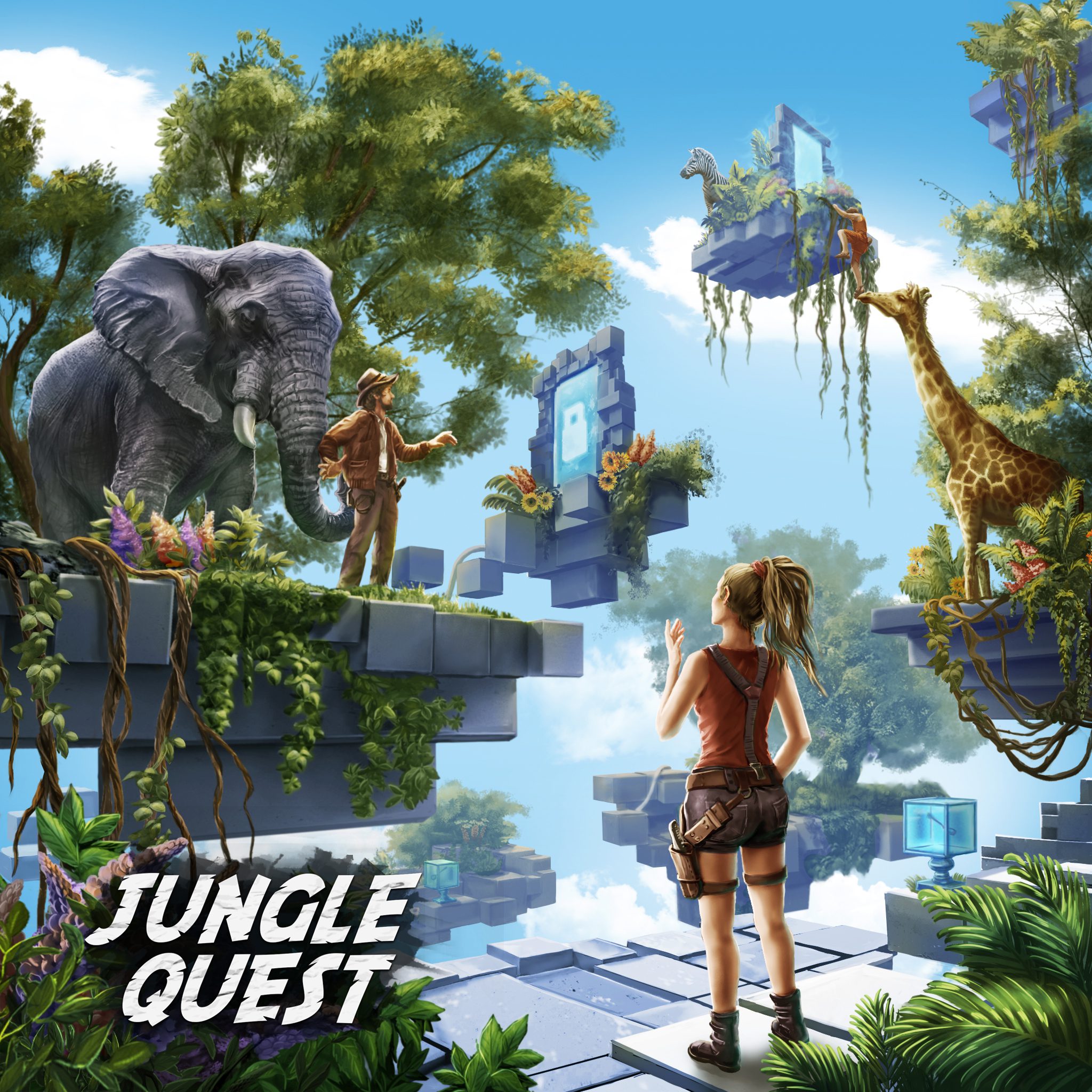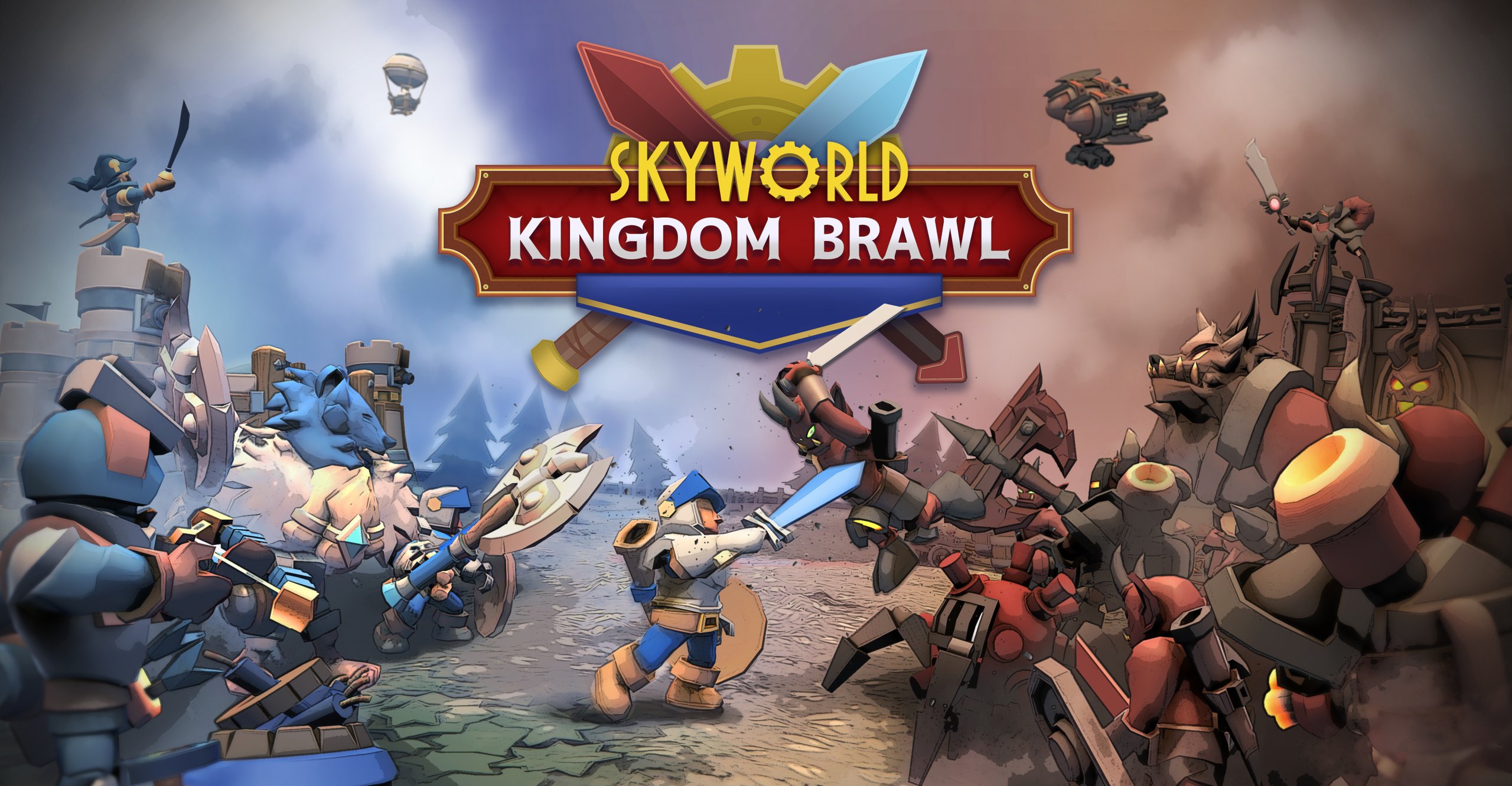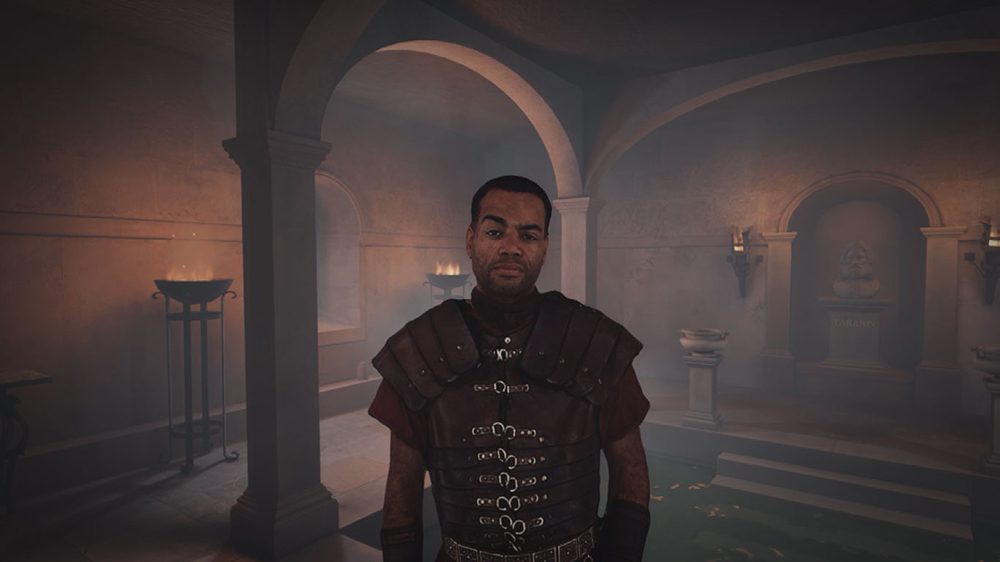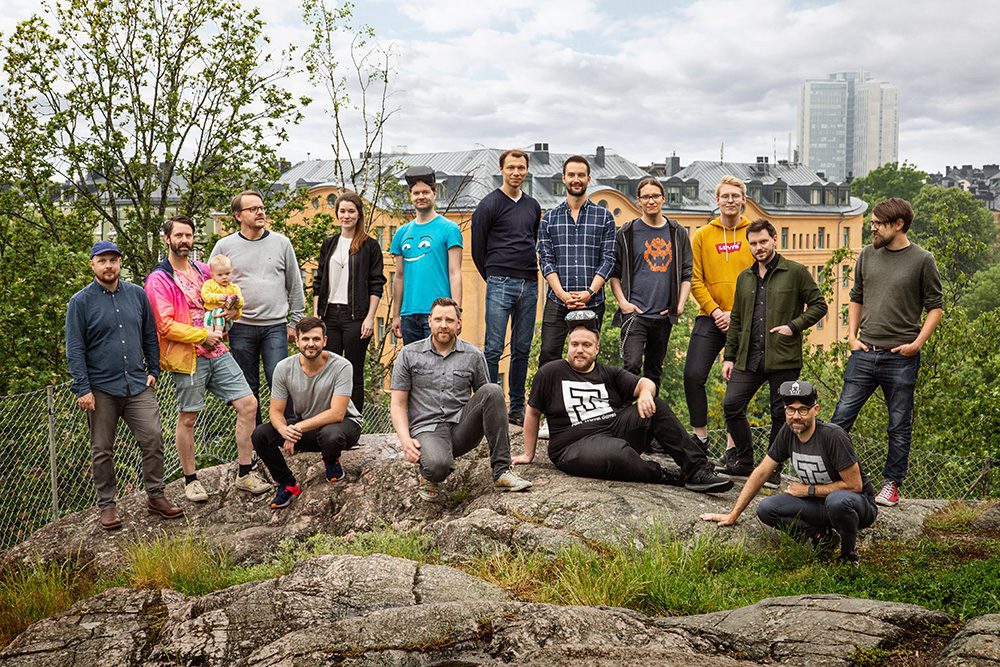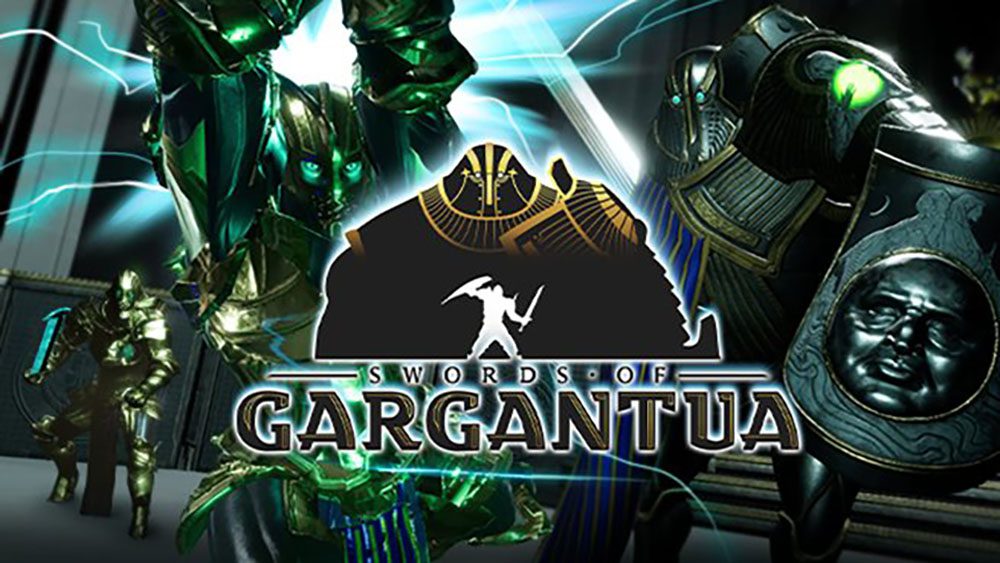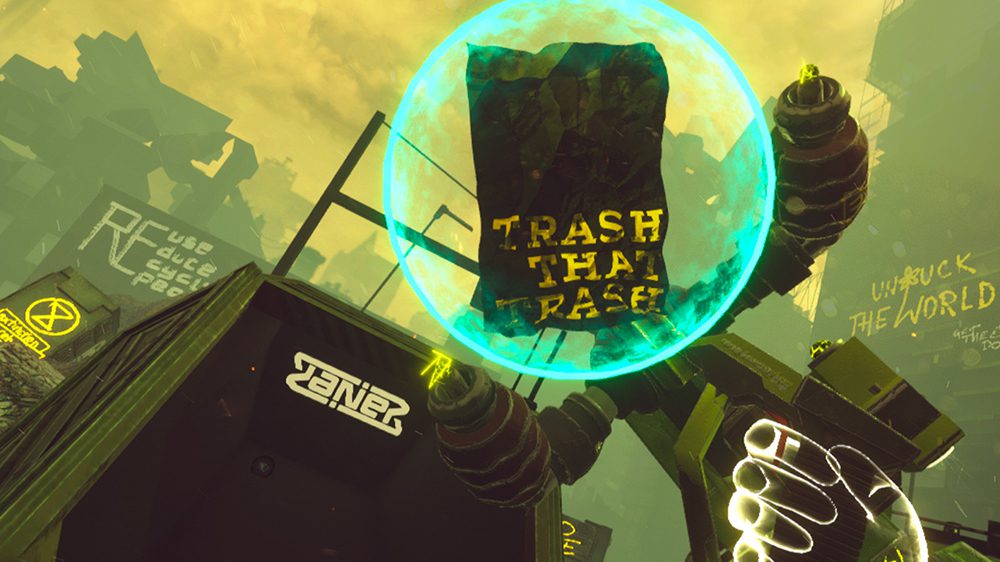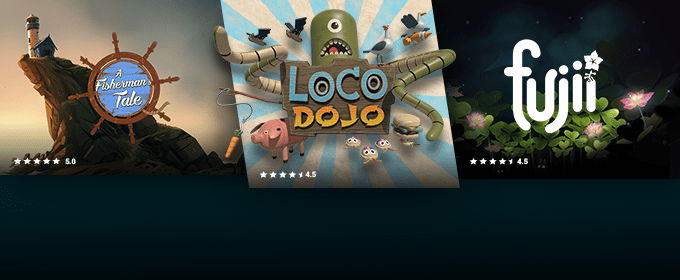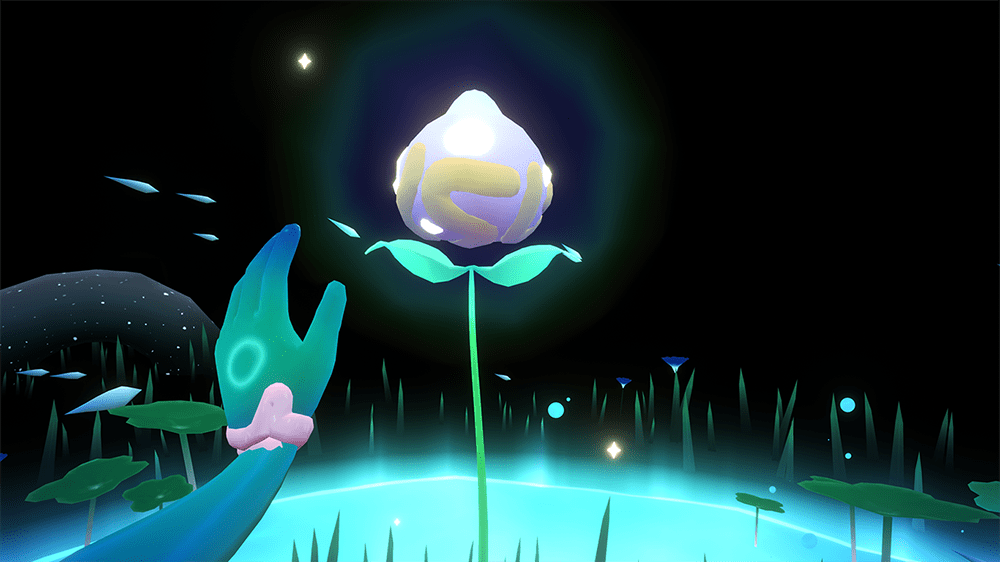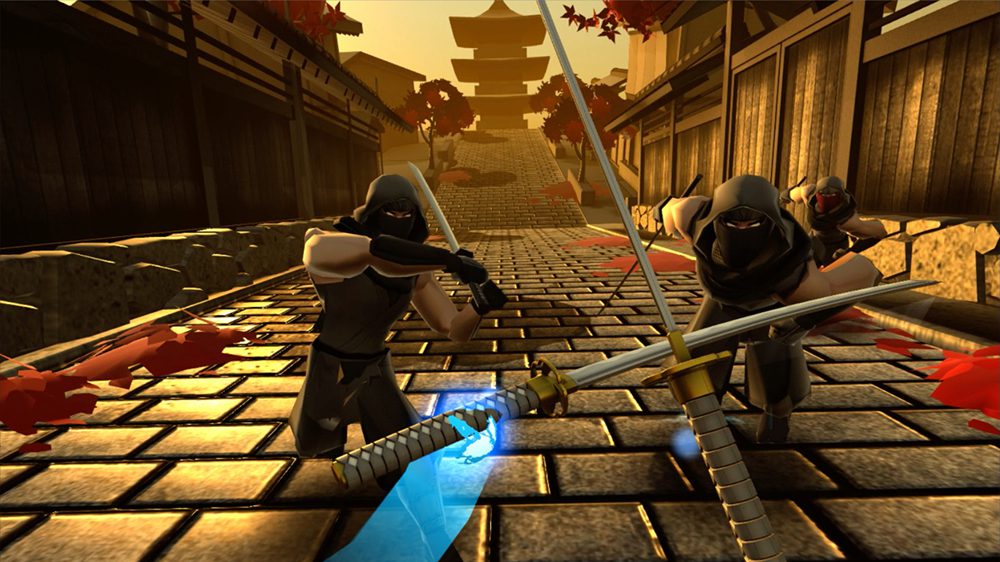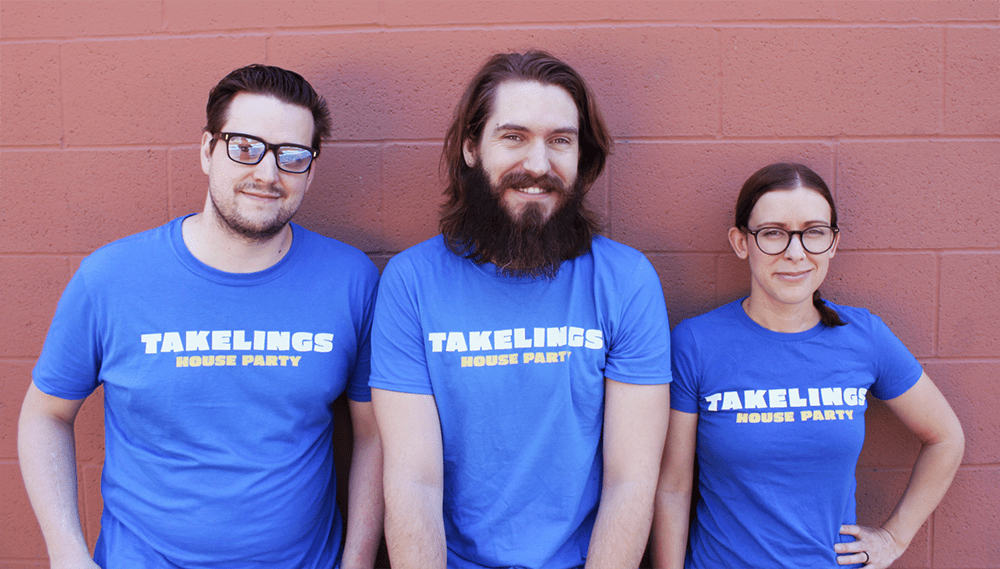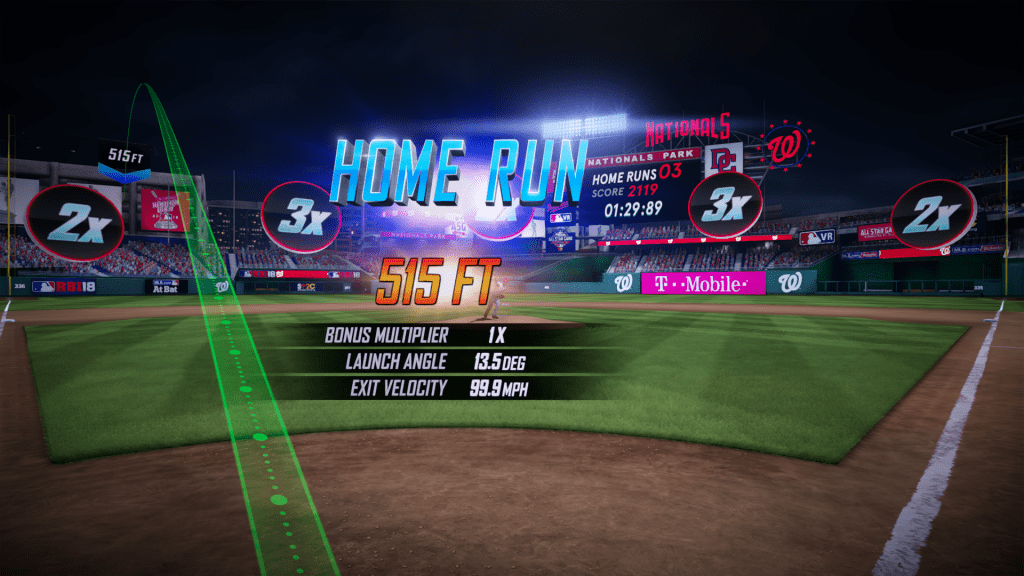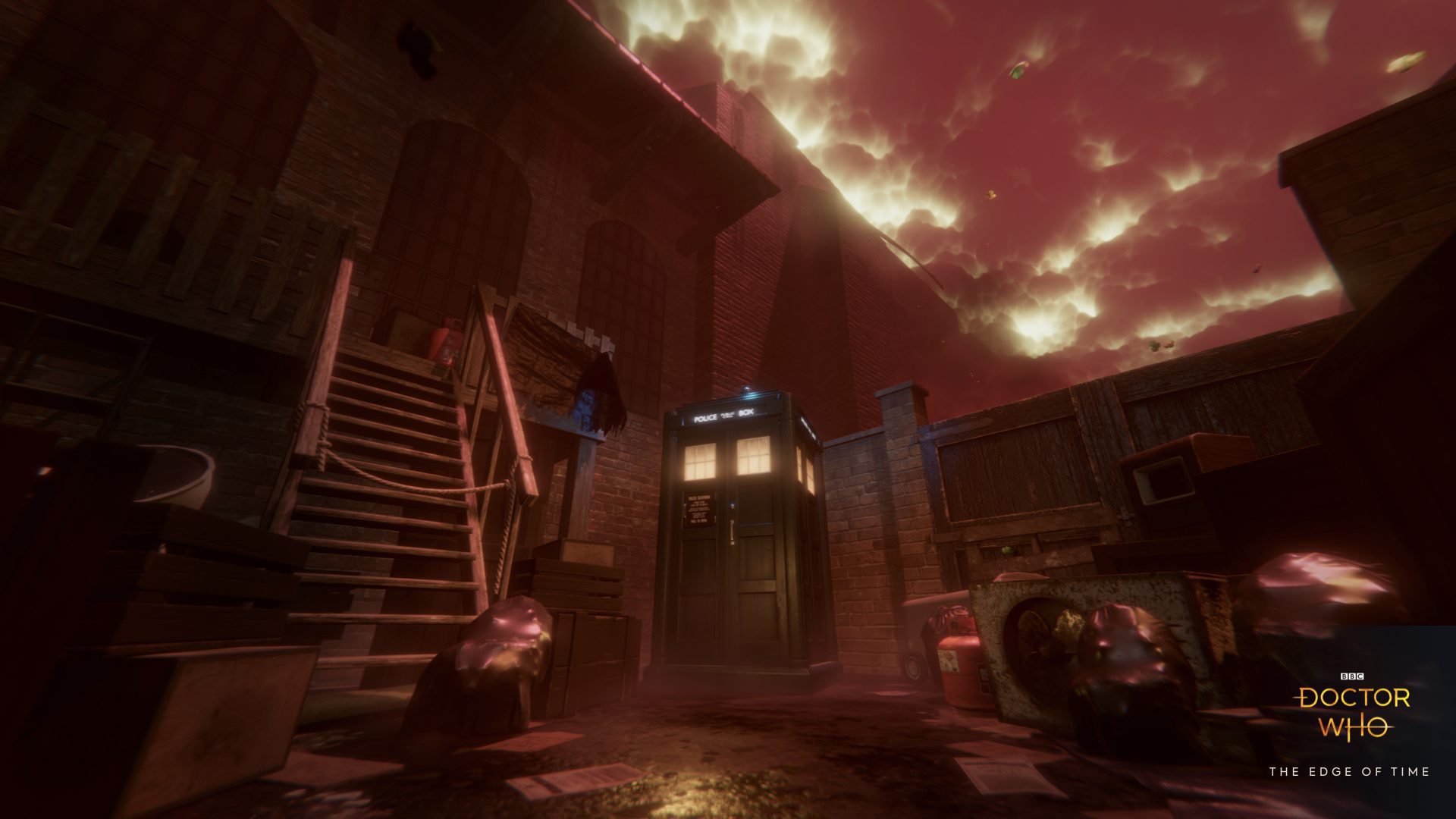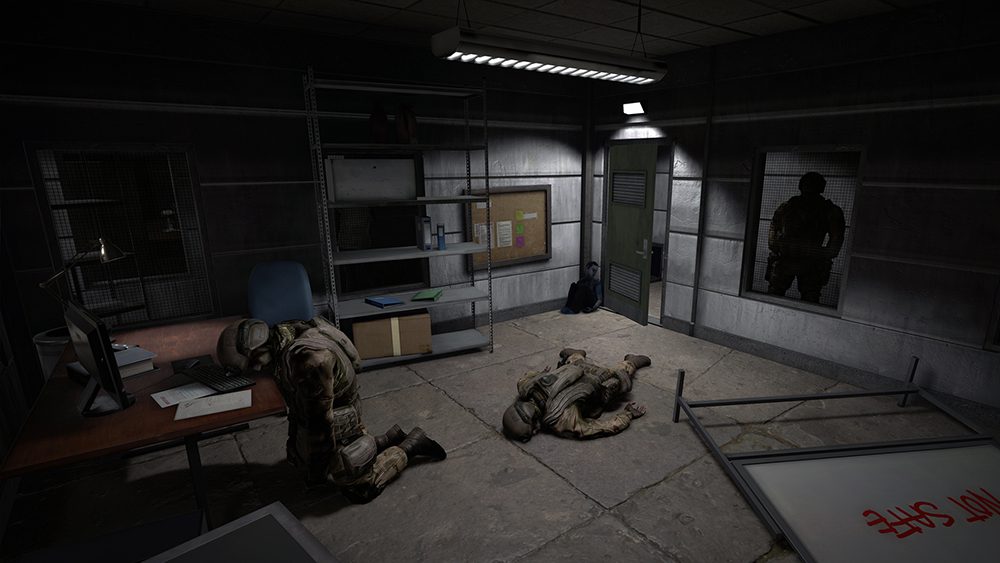Schlagwort: Vive Games
-

HTC Vive and ARVI VR Partner to Expand Global VR Arcade Presence
Reading Time: 2 minutesExclusive VR escape–room content to be deployed across hundreds of location-based entertainment (LBE) sites. HTC VIVE®, the leader in premium virtual reality (VR) and arcade solutions, today announced a collaboration with ARVI VR to extend their presence to a greater number of location-based entertainment (LBE) VR sites across the globe. The first wave will open this year…
-

Top Infinity Picks to Play with Friends
Reading Time: 5 minutesWe might not be able to physically hang out with our friends and family right now, but we can still meet them in VR. We’ve put together a list of our favorite multiplayer experiences on Viveport Infinity so you can challenge your friends to virtual battles of epic proportions, play poker or…
-

Embark on an adorable mystery with The Curious Tale of the Stolen Pets
Reading Time: 7 minutesFast Travel Games – the creators of the VDA winning sci-fi adventure Apex Construct – are back with an all-new all-ages experience that will challenge your brain and tug at your heart strings. The Curious Tale of the Stolen Pets arrives tomorrow on Viveport, so we sat down with this talented crew of…
-

Embark on an adorable mystery with The Curious Tale of the Stolen Pets
Reading Time: 7 minutesFast Travel Games – the creators of the VDA winning sci-fi adventure Apex Construct – are back with an all-new all-ages experience that will challenge your brain and tug at your heart strings. The Curious Tale of the Stolen Pets arrives tomorrow on Viveport, so we sat down with this talented crew of…
-

Take the trip of a lifetime in Maze Theory’s Viveport adventure Doctor Who: The Edge of Time
Reading Time: 6 minutesVR has the awesome power to make players feel super-heroic like never before. With Doctor Who: The Edge of Time, arriving to Viveport and Viveport Infinity tomorrow, developer Maze Theory had the herculean task of bringing one of the most iconic heroes in sci-fi history to life in VR, placing a Sonic…
-

New in INFINITY: SWORDS of GARGANTUA, To The Top and Gloomy Eyes Vol 1
Reading Time: 2 minutesViveport Infinity‘s catalog continues to expand! We have three new top-tier titles making their way to the unlimited VR subscription service. From towering titans to a lovey-dovey corpse, there is something for every kind of player to dive into and enjoy. Cleave through hordes of enormous foes as you make your battle-worn…
-

Now in INFINITY: Survive the Post-Apocalyptic Southwest in Arizona Sunshine
Reading Time: 2 minutesAnd you thought the heat in Arizona was tough to survive! The built-for-VR zombie shooter Arizona Sunshine, developed by Vertigo Games, is shuffling its way onto INFINITY for a limited time. The first-person shooter has made a name for itself with its emphasis on free movement in its environments and real-world handling…
-

Clean up the planet with awesome robot arms in Trash Rage from Giant Lazer
Reading Time: 8 minutesVR has the power to educate as well as entertain, but designing experiences that do both successfully is easier said than done. Luckily, the team over at Giant Lazer were more than up to the task when they created the sci-fi arcade experience Trash Rage. Tasked with cleaning up a planet ravaged…
-

Experience the day of your life… over and over again with Groundhog Day: Like Father Like Son
Reading Time: 7 minutesWe’ve all had those days where nothing goes right and you’d like to have a do-over. In the Viveport new release Groundhog Day: Like Father Like Son, you’ll have your chance and then some. Based on the iconic philosophical comedy, the game places players in the shoes of the son of Bill…
-

The Seas are Yours: Battlewake Now Available on Viveport and Viveport Infinity!
Reading Time: 2 minutesThar be high-seas mayhem ahead in the all-new rip-roaring pirate combat game exclusively for VR. Guest post by Survios Studio [youtube https://www.youtube.com/watch?v=NdQfvu5odxg?feature=oembed&wmode=opaque&w=730&h=411] After months of anticipation, Survios’s new VR game Battlewake is available now on Viveport for $29.99, with an additional 15% launch discount, or as part of your Viveport Infinity membership.…
-

New In Viveport Infinity: Fujii, Loco Dojo and More!
Reading Time: 3 minutesIt’s time again to introduce INFINITY’s Top Games for the month! During August, we added a new batch of games that offer alien landscapes, ridiculous challenges, lighthouses within lighthouses, and more! Fujii Explore the ethereal gardens of Fujii as you bring life back to otherworldly landscapes. Using water, music, and touch, you’ll…
-

Getting your green thumb with the serene art experience Fujii
Reading Time: 4 minutesIntro paragraph Interview by Nathan Allen Ortega, Viveport Staff [youtube https://www.youtube.com/watch?v=5InNQr3rFgo?feature=oembed&wmode=opaque&w=730&h=411] Tell us a bit about yourself and the team at Funktronic Labs Funktronic Labs is a small studio based in Pasadena, California. We focus on forming playful connections between humans and technology. What were some of your main influences on the…
-

Become a virtual shinobi in the fast paced action experience Ninja Legends
Reading Time: 8 minutesNinjas are awesome. Silently moving through the shadows, they struck with precision and skill to take out their targets. From over-the-top action films, to Saturday morning cartoon heroes in the form of mutant turtles, we’ve always had a fascination with these stealthy assassins. The creative team behind recent Viveport Infinity release Ninja…
-

Discovery’s Shark Week Comes to Viveport
Reading Time: 2 minutesThe drama of Shark Week is coming to a headset near you as Discovery releases Shark Week VR content on Viveport. Running from July 28 through August 4, Shark Week is one of the most anticipated and iconic television events of the summer. Now, you can get up close and personal to…
-

Bringing the house down with the hilarious party experience Takelings House Party
Reading Time: 9 minutesCreating multiplayer experiences that are satisfying and fun for everyone involved is no easy task – especially with the asymmetrical nature of VR. The creative team over at DimnHouse – makers of the new Viveport release Takelings House Party – sought to make an experience that plays into not only the strengths…
-

Offer Extended! Oculus Rift Owners Get 2 Months Free VIVEPORT Infinity
Reading Time: 2 minutesDue to popular demand, we’ve extended the promotion window of two free months of VIVEPORT Infinity for Oculus Rift and Oculus Rift S owners to August 4. If you haven’t already jumped on this deal, now is the time to redeem for unlimited access to hundreds of top VR titles in the…
-

VIVE Pro Eye Simplifies Input & Navigation for MLB Home Run Derby VR
Reading Time: 3 minutesPrecision eye tracking eliminates the need for handheld controllers in VR, creating an incredible access point for first-time users. [youtube https://www.youtube.com/watch?v=Jk70dm3nCfc?feature=oembed&wmode=opaque&w=730&h=411] Sports are all about moments. No one knows that better than Major League Baseball (MLB). The way we, the fans, absorb those moments are changing all the time. We’ve gone from…
-

“Doctor Who: The Edge Of Time” and HTC VIVE at London Comic Con
Reading Time: 2 minutesDoctor Who fans around the world are eagerly awaiting the franchises’ next foray into VR with the launch of Doctor Who: The Edge Of Time. Coming to all major headsets this fall, the cinematic feature-length experience from PlayStack and Maze Theory will transport fans into a globally-beloved world of aliens, mystery and…
-

“Doctor Who: The Edge Of Time” and HTC VIVE at London Comic Con
Reading Time: 2 minutesDoctor Who fans around the world are eagerly awaiting the franchises’ next foray into VR with the launch of Doctor Who: The Edge Of Time. Coming to all major headsets this fall, the cinematic feature-length experience from PlayStack and Maze Theory will transport fans into a globally-beloved world of aliens, mystery and…
-

“Doctor Who: The Edge Of Time” and HTC VIVE at London Comic Con
Reading Time: 2 minutesDoctor Who fans around the world are eagerly awaiting the franchises’ next foray into VR with the launch of Doctor Who: The Edge Of Time. Coming to all major headsets this fall, the cinematic feature-length experience from PlayStack and Maze Theory will transport fans into a globally-beloved world of aliens, mystery and…
-

Soak in some Arizona Sunshine with The Damned DLC this August
Reading Time: 2 minutesHi everyone, We’re back with more news for Arizona Sunshine – The Damned DLC! We’re excited to let you know that The Damned DLC will launch for HTC Vive (Pro) on August 27th. In case you can’t wait, have a first look at the gameplay trailer here. [youtube https://www.youtube.com/watch?v=J7GOFzNCK-8?feature=oembed&wmode=opaque&w=730&h=411] Featuring the largest…
